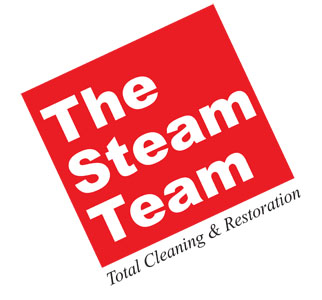Dealing With Mold After Water Damage
/Water Damage San Marcos, Texas
After water damage, the clean up isn’t finished when all the water is gone. There’s a lot more to water damage clean up than just letting the affected areas dry. Unfortunately, water - especially standing and contaminated water - can lead to mold growth. Mold poses many dangers, including health risks, especially for those who are allergic. For this reason (among others) it should always be handled by an experienced professional.
Where Does Mold Grow?
Mold can grow wherever moisture becomes trapped - whether that be in the walls, carpets, furniture, etc. It especially thrives in areas that are moist and humid, which is why homes become such a breeding ground for mold after floods.
Unfortunately, mold is often not visible to the naked eye, unless you go looking for it. But even then, sometimes, it can be hard to see with an untrained eye. So, it can be difficult to know if you have mold growth unless the professionals can examine the extent of water damage.
Removing Mold from the Home
Getting rid of mold in the home begins with removing the water and drying out the damaged area. Your best bet is to hire professionals to steam clean the entire affected area afterwards - carpets, furniture, any other flooring (or furniture) involved. These professionals will use the right (and best) equipment to properly remove any mold and dry it out enough to stop growth and spreading.
Trying to remove mold growth altogether by yourself is surely a daunting task, so don’t overwhelm yourself unnecessarily. Often times, do-it-yourself products or techniques aren’t as effective as the techniques that professionals use.
Dealing with mold can feel impossible, but it shouldn’t! Especially when you involve the professionals from the beginning. Together with their training, experience, and equipment, they’ll surely get the job done properly and thoroughly.



